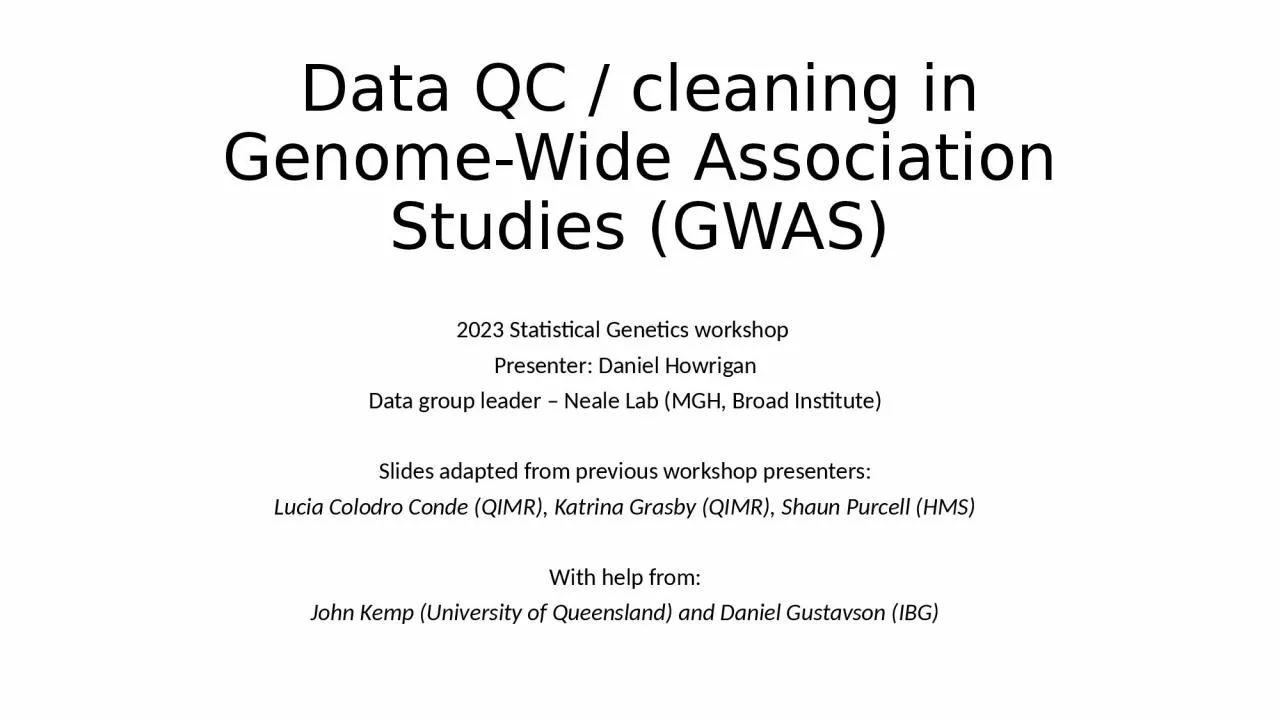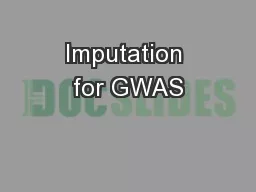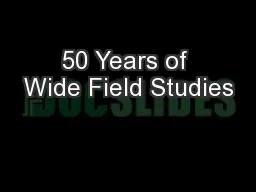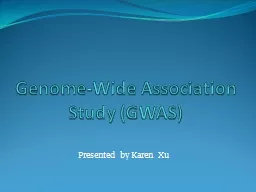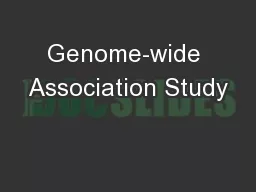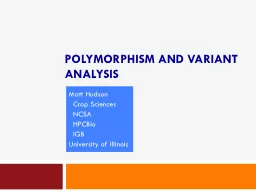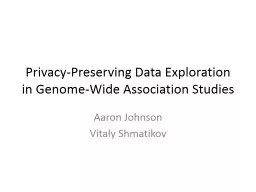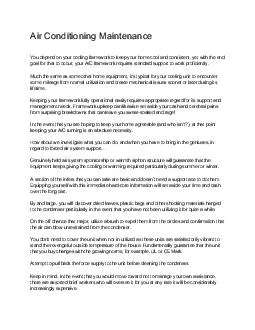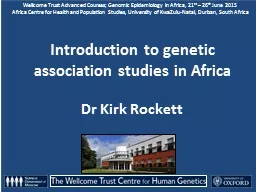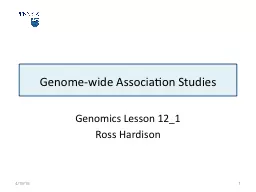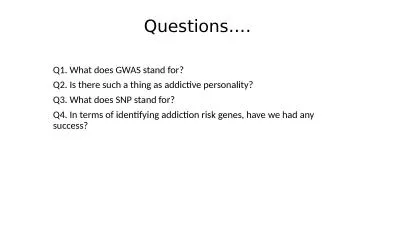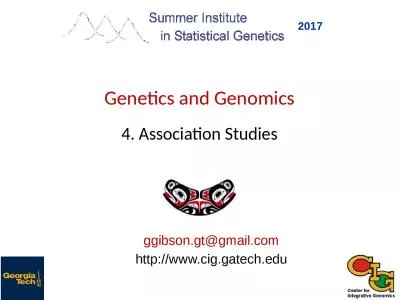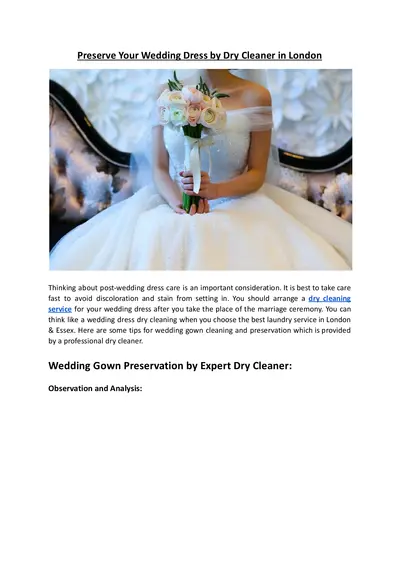PPT-Data QC / cleaning in Genome-Wide Association Studies (GWAS)
Author : jocelyn | Published Date : 2024-01-29
2023 Statistical Genetics workshop Presenter Daniel Howrigan Data group leader Neale Lab MGH Broad Institute Slides adapted from previous workshop presenters
Presentation Embed Code
Download Presentation
Download Presentation The PPT/PDF document "Data QC / cleaning in Genome-Wide Associ..." is the property of its rightful owner. Permission is granted to download and print the materials on this website for personal, non-commercial use only, and to display it on your personal computer provided you do not modify the materials and that you retain all copyright notices contained in the materials. By downloading content from our website, you accept the terms of this agreement.
Data QC / cleaning in Genome-Wide Association Studies (GWAS): Transcript
Download Rules Of Document
"Data QC / cleaning in Genome-Wide Association Studies (GWAS)"The content belongs to its owner. You may download and print it for personal use, without modification, and keep all copyright notices. By downloading, you agree to these terms.
Related Documents

